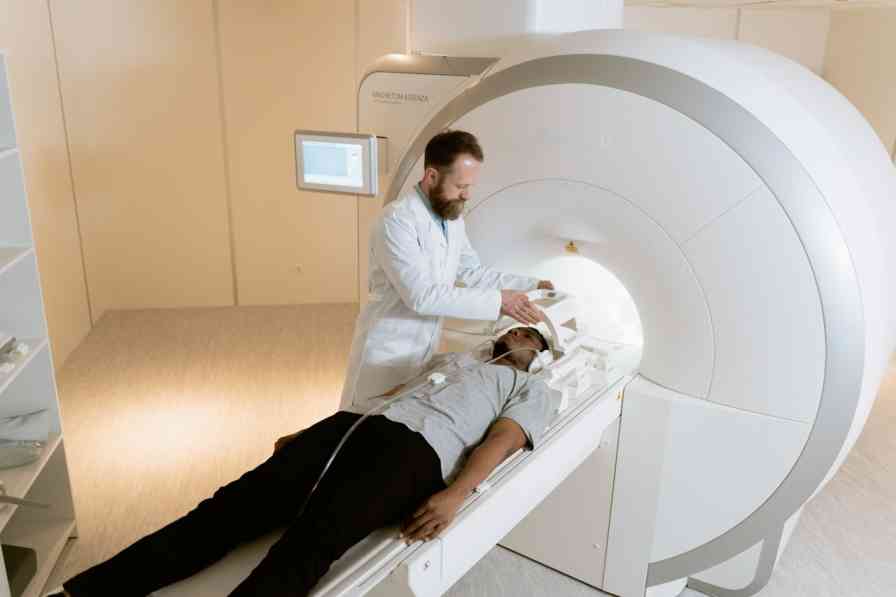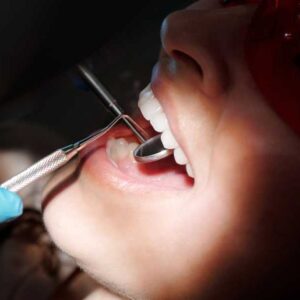
Table of Contents
Introduction
In today’s rapidly changing healthcare environment, having the right medical equipment is vital for effective patient care and efficient operations. This blog post discusses key aspects of modern medical equipment, including current trends and selection tips, to help healthcare professionals, facility managers, and suppliers enhance patient care and facility efficiency.
Understanding the Importance of Modern Medical Equipment
Modern medical equipment is not just an investment; it’s the backbone of healthcare delivery. Advanced tools and devices enable accurate diagnoses, effective treatments, and better patient outcomes. For healthcare professionals, the right equipment can mean the difference between life and death. It also plays a critical role in ensuring patient comfort and safety.
Healthcare facilities vary from large hospitals to small clinics, and each has unique equipment needs. However, the primary goal remains the same—providing quality care. By integrating state-of-the-art medical technology, facilities can offer enhanced services, reduce errors, and streamline processes. This is why understanding and investing in the right equipment is paramount for any healthcare establishment.
In this post, we’ll explore how modern medical equipment impacts various healthcare settings, the factors to consider when selecting tools, and the latest trends shaping the industry.
Trends in Healthcare Technology and Equipment
The medical field is witnessing rapid advancements in technology. These innovations are driving significant improvements in healthcare delivery. From wearable health tech to AI-driven diagnostic tools, staying updated with these trends is crucial for maintaining competitive and efficient healthcare services.
One notable trend is the rise of telemedicine. With the global pandemic accelerating its adoption, telemedicine has become an integral part of healthcare services, reducing the need for in-person visits. This shift requires specialized equipment, like high-quality cameras and secure communication tools, to ensure effective remote consultations.
Another critical trend is the integration of AI and machine learning in medical equipment. These technologies enhance diagnostic accuracy and patient monitoring, allowing healthcare professionals to make informed decisions quickly. AI-powered tools analyze complex data sets to identify patterns, predict outcomes, and recommend treatment plans, revolutionizing patient care.
Essential Medical Equipment for Different Healthcare Facilities
Hospitals
Hospitals require a wide range of sophisticated equipment to cater to diverse medical needs. Essential tools include advanced imaging systems like MRI and CT scanners, which provide detailed insights into patient conditions. Operating rooms need state-of-the-art surgical instruments to facilitate complex procedures efficiently and safely.
Additionally, patient monitoring systems are crucial in hospitals. They track vital signs like heart rate, blood pressure, and oxygen levels in real-time, alerting staff to any changes. Ventilators and infusion pumps are other indispensable items that ensure patients receive necessary respiratory support and medication administration.
Investing in high-quality hospital equipment not only improves patient outcomes but also boosts staff efficiency, allowing healthcare professionals to deliver superior care effectively.
Clinics
Clinics, though smaller than hospitals, benefit significantly from the right medical equipment. Diagnostic tools such as ultrasound machines and X-ray systems are essential for providing accurate assessments and treatments. In addition, clinics need reliable examination tables, sterilization equipment, and ECG machines to support various medical services.
Point-of-care testing devices are gaining popularity in clinics due to their ability to deliver rapid results. These portable tools enable healthcare providers to conduct tests near the patient, minimizing wait times and improving patient satisfaction.
Selecting versatile, compact, and cost-effective equipment is vital for clinics aiming to offer comprehensive healthcare services without the extensive resources of a hospital.
Long-term Care Facilities
Long-term care facilities focus on providing ongoing support to individuals with chronic illnesses or disabilities. Essential equipment includes mobility aids, such as wheelchairs and electric beds, which enhance patient comfort and independence.
Monitoring systems play a crucial role in tracking residents’ health and detecting any changes promptly. Additionally, facilities require durable medical equipment like hoists and lifts to assist caregivers in managing patients safely.
When selecting equipment for long-term care, it’s important to prioritize durability, ease of use, and maintenance to ensure a safe and supportive environment for residents and staff alike.
Factors to Consider When Selecting Medical Equipment
Quality and Reliability
The quality and reliability of medical equipment are paramount. High-quality tools ensure accuracy and durability, reducing the risk of malfunctions that could jeopardize patient safety. When evaluating equipment, it’s essential to review certifications, check for warranty options, and consider feedback from other users.
Reliable equipment providers offer regular maintenance and support services, which are crucial for minimizing downtime and ensuring optimal performance. Establishing partnerships with reputable suppliers helps facilities access the latest advancements and maintain high standards of care.
Cost and Budgeting
Balancing quality with cost is a critical consideration for healthcare facilities. While premium equipment may have a higher upfront cost, it often proves more cost-effective in the long run due to its durability and efficiency. Facilities should consider medical equipment rental as a viable option, allowing them to access high-quality tools without a large initial investment. Additionally, they should allocate budgets to prioritize essential equipment while exploring financing options and grants that support healthcare improvements.
It’s also wise to assess the total cost of ownership, including maintenance, training, and potential upgrades. This comprehensive approach ensures facilities make informed decisions that align with their financial capabilities and operational goals.
Training and Support
Investing in medical equipment is not just about acquiring the latest tools; it’s also about ensuring staff can use them effectively. Comprehensive training programs are essential for maximizing the benefits of new equipment and maintaining patient safety.
Facilities should prioritize suppliers that offer robust training sessions and round-the-clock support. Access to knowledgeable experts ensures staff can quickly address any issues or questions, minimizing disruptions to patient care.
Regulatory Compliance
Compliance with regulatory standards is non-negotiable in the healthcare industry. When selecting medical equipment, facilities must ensure it meets all relevant safety and quality requirements. Adhering to these standards protects patients, staff, and the institution from legal repercussions.
Keeping abreast of changing regulations and working with trusted suppliers who prioritize compliance simplifies the procurement process and ensures ongoing adherence to industry standards.
The Impact of Upgraded Medical Equipment on Patient Care and Facility Efficiency
Upgraded medical equipment can significantly enhance patient care by providing faster, more accurate diagnoses and streamlined treatment options. This means shorter hospital stays, reduced complications, and improved overall patient satisfaction.
From an operational perspective, advanced equipment reduces the workload on healthcare professionals. Automation and enhanced monitoring allow staff to allocate more time to patient interaction and less to routine tasks. This boosts morale and efficiency within the facility.
Ultimately, investing in state-of-the-art medical equipment leads to better patient outcomes and a more efficient healthcare system, positioning facilities for success in a competitive landscape.
Future Projections and Innovations in Medical Equipment
The future of medical equipment is promising, with continuous advancements driving improved healthcare outcomes. One key area of innovation is in precision medicine, where personalized treatments are developed based on individual genetic profiles. This approach relies heavily on sophisticated diagnostic tools and data analysis.
Wearable technology is another trend gaining momentum. These devices offer real-time health monitoring, empowering patients to take control of their health and providing healthcare professionals with valuable data for informed decision-making.
Robotics and automation are set to revolutionize surgical procedures, increasing precision and reducing recovery times. These innovations promise exciting possibilities for the healthcare industry, enhancing patient care and operational efficiency.
Conclusion
Now that we’ve delved into the key considerations for purchasing medical equipment, it’s evident that selecting the right suppliers and technologies is crucial for healthcare facilities. From cost analysis to regulatory compliance and staff training, a comprehensive approach is necessary for maximizing patient outcomes, improving efficiency, and positioning facilities as leaders in the industry.


